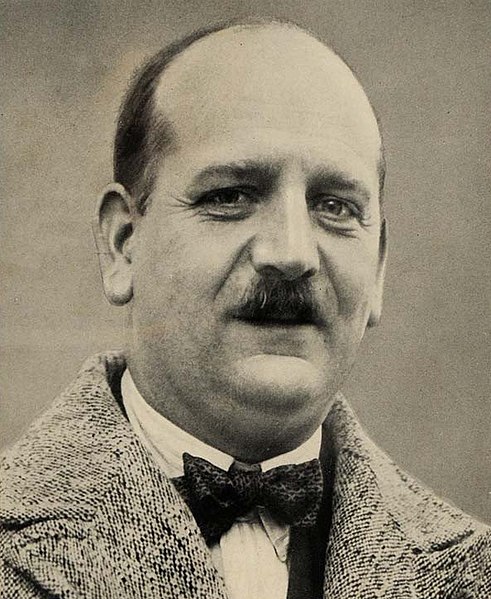Government of Vichy France
The Government of Vichy France was the collaborationist ruling regime or government in Nazi-occupied France during the Second World War. Of contested legitimacy, it was headquartered in the town of Vichy in occupied France, but it initially took shape in Paris under Marshal Philippe Pétain as the successor to the French Third Republic in June 1940. The government remained in Vichy for four years, but fled to Germany in September 1944 after the Allied invasion of France. It operated as a government-in-exile until April 1945, when the Sigmaringen enclave was taken by Free French forces. Pétain was brought back to France, by then under control of the Provisional French Republic, and put on trial for treason.
Government of Vichy France
Time cover, 4 February 1935
François Darlan, in an undated image.
Léon Gambetta proclaiming the French Republic, 4 September 1870.
The Sigmaringen enclave was the exiled remnant of France's Nazi-sympathizing Vichy government which fled to Germany during the Liberation of France near the end of World War II in order to avoid capture by the advancing Allied forces. Installed in the requisitioned Sigmaringen Castle as seat of the government-in-exile, Vichy French leader Philippe Pétain and a number of other collaborators awaited the end of the war.
Sigmaringen Castle, from the south
View from the north east






